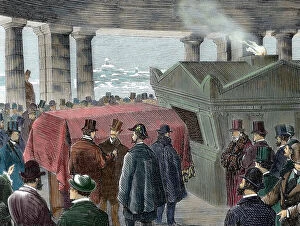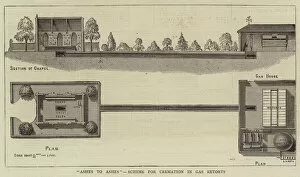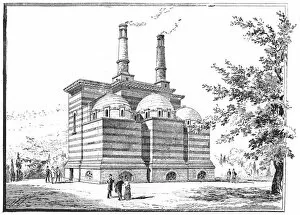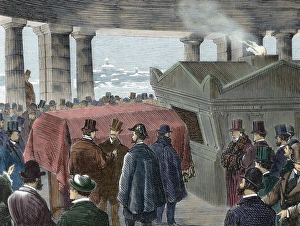Crematorium Collection
In the 19th century, Albert Keller, a capitalist from Troy in New York State, revolutionized the funeral industry with his innovative creation - the crematorium
All Professionally Made to Order for Quick Shipping
In the 19th century, Albert Keller, a capitalist from Troy in New York State, revolutionized the funeral industry with his innovative creation - the crematorium. His vision of capitalism extended beyond traditional burial practices and introduced a new era of cremation. Across the Atlantic Ocean, London embraced this concept wholeheartedly. The London Crematorium became a symbol of modernity and progress as it offered an alternative to traditional burials. Meanwhile, in Dresden, another crematorium emerged as a place where death and funerals were transformed through the process of cremation. Crematoriums played significant roles in various historical events. One such occasion was Marc Bolan's funeral, where his life was celebrated amidst the solemnity of a crematory setting. Similarly, King Rama IX was honored with remembrance at a distinguished crematorium. Even animals found solace within these walls. Battersea Dogs Home in London had its own dedicated crematorium for beloved pets who crossed over the rainbow bridge. Engravings captured this poignant moment when furry companions bid their final farewell through cremation. The artistry surrounding these establishments is undeniable; engravings depicted grand exteriors like that of L'Edifice Crematoire du Pere-Lachaise in Paris or showcased detailed scenes inside such as Woking's Crematorium captured in black and white photography. These glimpses into history remind us that while death may be inevitable, our approach to honoring those who have passed continues to evolve. The advent of the crematorium brought forth new possibilities for memorialization - allowing individuals to choose how they wish to be remembered even after their physical departure from this world.

















